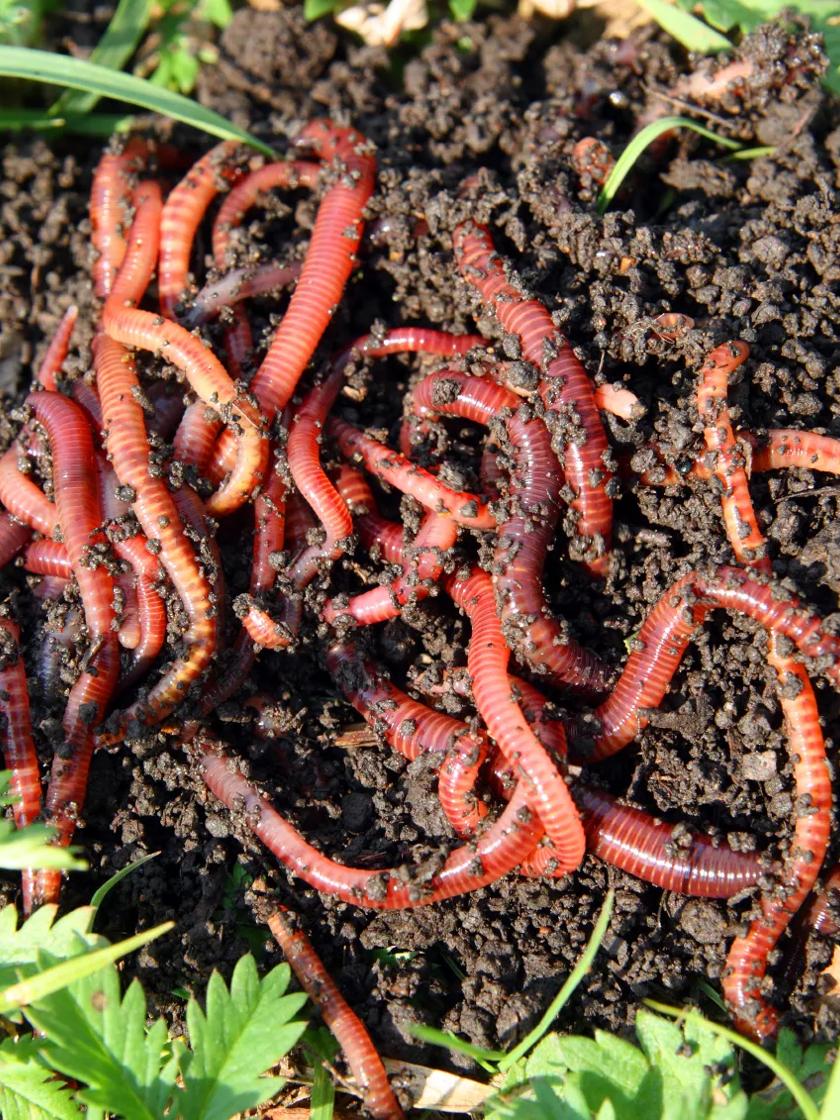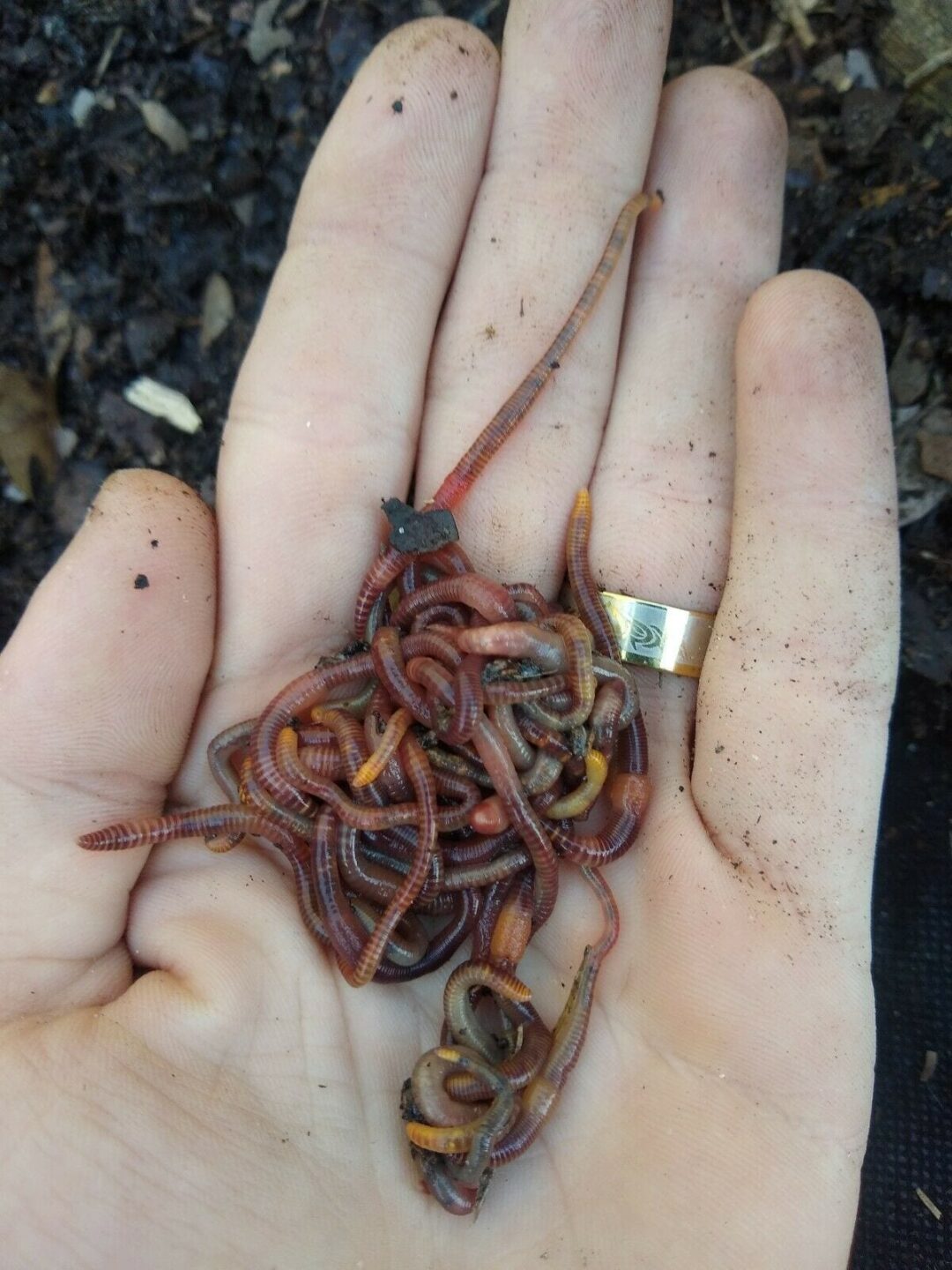Lake Hickory Bait: The Best Spot for All Your Fishing Essentials
Red Wigglers: The Unsung Heroes of Organic Waste Recycling
Red wigglers, or Eisenia fetida, offer as important representatives in the natural waste recycling procedure, transforming thrown out products into valuable vermicompost. As the globe progressively looks for services to fight waste accumulation and enhance agricultural efficiency, understanding the duty of these worms comes to be necessary.
What Are Red Wigglers?
The impressive resilience of red wigglers, scientifically referred to as Eisenia fetida, highlights their important role in natural waste recycling. These small, reddish-brown earthworms are generally located in decaying organic issue, such as compost heap and manure stacks. Lake Hickory Bait. Unlike various other earthworm species, red wigglers prosper in nutrient-rich atmospheres and are highly effective at damaging down organic materials, making them crucial for vermicomposting

(Lake Hickory Bait)In addition to their role in waste decrease, red wigglers contribute to dirt health and wellness by boosting dirt structure and aeration via their delving tasks (Lake Hickory Bait). Their presence in composting systems not only boosts decay rates but likewise promotes a lasting technique to throw away management, illustrating their value in eco-friendly preservation initiatives
Advantages of Composting With Worms
Composting with worms, specifically red wigglers, offers numerous advantages that enhance both waste management and dirt health. First, these worms efficiently damage down natural waste, transforming it right into nutrient-rich vermicompost that improves dirt. This process increases disintegration, permitting for a much faster recycling of cooking area scraps and various other organic materials compared to conventional composting methods.
Additionally, the vermicompost generated by red wigglers is including advantageous microorganisms, which help boost soil structure, aeration, and dampness retention. This enhances the general health and wellness of plants, promoting vigorous growth and increased returns in gardens and agricultural setups. Furthermore, the usage of worms in composting decreases the production of greenhouse gases, such as methane, adding to a more lasting waste administration system.

Exactly How to Begin Vermicomposting
Developing a vermicomposting system is a simple procedure that can generate considerable benefits for both waste management and dirt enrichment. To start, pick a suitable container, such as a plastic container or wooden box, with appropriate air flow openings to ensure proper air flow. The measurements must preferably be about 2 feet by 3 feet, allowing ample space for the worms to flourish.
Next, prepare bed linen material, which can consist of shredded newspaper, cardboard, or coconut coir. This bed linen must be dampened to produce an appropriate environment for the worms. When the bed linen remains in location, present red wigglers (Eisenia fetida) right into the bin, usually around one pound of worms for each square foot of area.
Complying with the placement of worms, include organic waste, such as fruit and vegetable scraps, coffee grounds, and crushed eggshells. With these actions, you will successfully start a vermicomposting system that contributes to lasting waste monitoring and enhances your soil.
Preserving a Healthy Worm Container
(Red Wiggler Express)Maintaining a worm bin thriving calls for routine attention and like ensure the wellness of the red wigglers and the effectiveness of the composting procedure. Appropriate maintenance starts with keeping track of the moisture degrees; the bin must perspire however not waterlogged. A great guideline of thumb is to keep a consistency comparable to a wrung-out sponge.
Aeration is essential also. Delicately mixing the bed linens and food scraps every couple of weeks avoids compaction and makes certain that all worms have access to oxygen. Furthermore, it is very important to feed the worms properly. A well balanced diet plan of vegetables and fruit scraps, coffee grounds, and smashed eggshells need to be offered in moderation to prevent overfeeding, which can lead to smells and parasites.
Temperature level regulation is another crucial facet. Red wigglers flourish in a variety of 55 to 77 levels Fahrenheit. If the container comes to be too hot or chilly, the worms might come to be worried - Lake Hickory Bait. Occasionally examine for signs of health, such as worm populace development and the visibility of healthy and balanced spreadings. By vigilantly managing these elements, one can preserve a robust and productive worm bin.
Effect On Sustainable Living
The effective maintenance of a worm bin not just profits the health and wellness of red wigglers however additionally contributes substantially to sustainable living practices. By recycling natural waste, such as cooking area scraps and lawn debris, red wigglers help divert significant amounts of material from land fills. This reduction in waste not only decreases greenhouse gas emissions yet likewise minimizes the ecological burden connected with waste monitoring.
In addition, the castings produced by red wigglers function as a nutrient-rich natural plant food, enhancing dirt health and wellness and promoting plant development. This all-natural alternative to chemical plant foods supports sustainable farming and gardening practices, reducing dependence on synthetic inputs that can harm ecosystems. Additionally, worm composting cultivates understanding of waste management, urging individuals and areas to embrace more lasting habits.

Conclusion
In summary, red wigglers serve as important contributors to natural waste reusing through their efficient decomposition of organic products. By incorporating vermicomposting right into waste monitoring approaches, people browse around this web-site and areas can dramatically lower waste while advertising ecological sustainability.